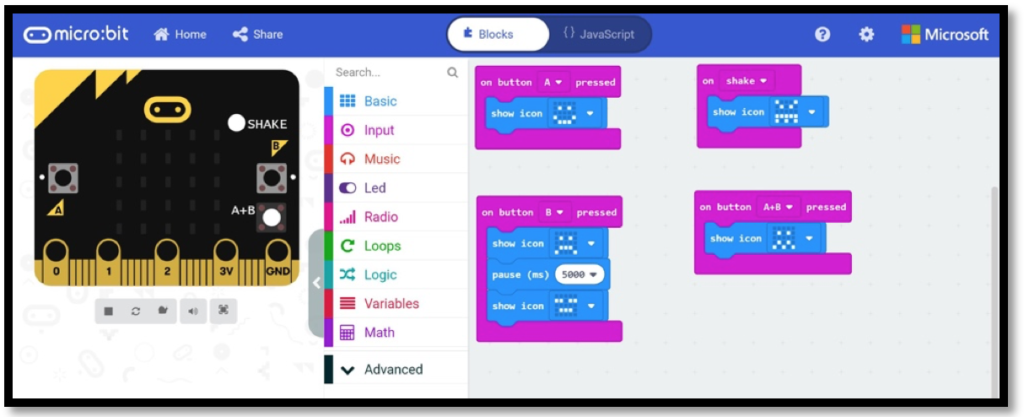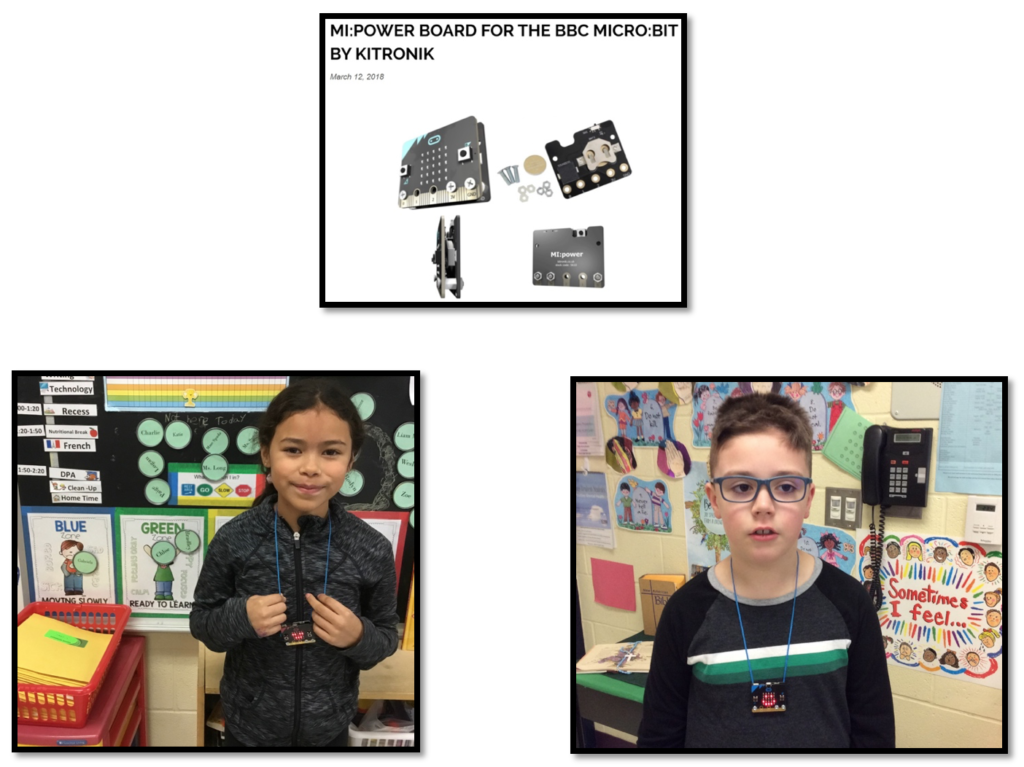Jennifer Long, Derek Tangredi, & Jen Apgar
Creating a welcoming and safe learning environment is important in promoting student success, whether it be academically, socially, or emotionally. This school year, I am fortunate to work with a dynamic team of educators, as I spearhead a project that focusses on developing an inclusive learning environment for mostly identified learners that incorporates flexible seating, innovative technology, and social emotional learning skills. It’s not just the flexible seating options, but it’s the team’s flexible thinking and their innovative delivery of the curriculum that allow for our students to meet with success!
As an initial step, the students were taught the necessary development skills in order to effectively express their social emotional well-being. Through the theory of the “Zones of Regulation” (The Zones of Regulation, Leah M. Kuypers), the children are learning how to identify and articulate their feelings in a healthy and appropriate manner. Not only are the students learning how to self-regulate their own emotions, but they’re also realizing that it is everyone’s responsibility to help an individual classmate “get into the Green Zone” whereby they are feeling calm, alert, and ready for learning. These feelings of empathy are encouraged and therefore, resonate throughout the day in our caring classroom community.
Our priority, in September, was to establish supportive teacher-student relationships which would allow for the children to thrive and meet with success in our innovative classroom, despite their learning challenges. Nurturing empathetic and positive relationships with the students is an ongoing endeavour for us as educators and caregivers; knowing what works for one child, doesn’t necessarily work for another. The leading question that steers our efforts is, “What is truly best for this student, at this moment?” By tapping into the students’ interests and passions, we are creating an environment where children are more willing to take greater risks in their own learning. (The Innovator’s Mindset, George Couros)
We want to empower our students to become leaders in our school community. The Grade 6 students from our innovative junior class have now become “Tech Buddies” for the younger Grade 3 innovative learners. Our goal for this project was to teach the Grade 6 Tech Buddies how to code using Microsoft MakeCode and Micro:bits, so that they could facilitate the learning of coding with the younger students. The students Worked collaboratively in the Learning Commons to write the necessary code to allow them to express their emotions of happy, sad, tired/frustrated, mad/angry. I was fortunate to attend a Microsoft TransformEd summit in partnership with Fair Chance Learning in spring of 2019. It was there that I learned about the coding idea during Derek Tangredi & Jen Apgar’s dynamic session on Technology & Social Emotional Learning.
 Once the code was written with Microsoft MakeCode, the Grade 3 students could then use the Micro:bit as a digital “check-in” tool. In order to promote self-regulation throughout the day, I purchased the MI: power boards for the individual coded Micro:bits. The MI: power board transforms a Micro:bit into a wearable tech piece allowing a child to easily put on the “digital necklace”, and display their current state of emotional well-being. Not only does it give a child an opportunity to express their emotions, independently, but it also encourages empathy from their classmates. As classroom teachers, we’re able to easily gauge our students’ emotional states and discover why they may be feeling certain emotions. We continue to foster our relationships and promote self-regulation by giving the students voice in the classroom by taking the time to delve deeper through open and honest dialogue. As a result, we often discover what triggers our students’ stresses; like concerns about a parent’s drive into work, sadness because a grandmother’s cat has died, overtired due to a late night, or simply anxious about an upcoming dentist appointment.
Once the code was written with Microsoft MakeCode, the Grade 3 students could then use the Micro:bit as a digital “check-in” tool. In order to promote self-regulation throughout the day, I purchased the MI: power boards for the individual coded Micro:bits. The MI: power board transforms a Micro:bit into a wearable tech piece allowing a child to easily put on the “digital necklace”, and display their current state of emotional well-being. Not only does it give a child an opportunity to express their emotions, independently, but it also encourages empathy from their classmates. As classroom teachers, we’re able to easily gauge our students’ emotional states and discover why they may be feeling certain emotions. We continue to foster our relationships and promote self-regulation by giving the students voice in the classroom by taking the time to delve deeper through open and honest dialogue. As a result, we often discover what triggers our students’ stresses; like concerns about a parent’s drive into work, sadness because a grandmother’s cat has died, overtired due to a late night, or simply anxious about an upcoming dentist appointment.
 Our students are learning to be more caring, responsive, and empathetic with each other. Together we are building our students emotional toolbox with skills and tools, such as the “digital necklace”, that encourage the children to self-regulate and effectively manage their feelings and emotions. This, in turn, helps to develop resilient, thriving, and successful learners who will become active and contributing members of society!
Our students are learning to be more caring, responsive, and empathetic with each other. Together we are building our students emotional toolbox with skills and tools, such as the “digital necklace”, that encourage the children to self-regulate and effectively manage their feelings and emotions. This, in turn, helps to develop resilient, thriving, and successful learners who will become active and contributing members of society!
References
Couros, G., (2015). The Innovator’s Mindset: Empower Learning, Unleash Talent, and Lead a Culture of Creativity. San Diego, CA; Dave Burgess Consulting, Inc.
Kuypers, L.M., (2011). The Zones of Regulation: A Curriculum Designed to Foster Self-Regulation and Emotional Control. San Jose, CA; Think Social Publishing, Inc.
Derek Tangredi is an Intermediate teacher at Wilfrid Jury Public School and a Mathematics & Science/Technology Instructor at Western University.
Jen Apgar is a 21st Century Technology Coach with the Upper Grand District School Board and the Vice President of Educational Computing Organization of Ontario (EC00).
Jennifer Long is a Special Education teacher at Mother Teresa Catholic School (CDSBEO) and a Microsoft Innovative Educator Expert.
Fair Chance Learning is an organization that offers professional learning that inspires ideas, empowers students, and transforms classrooms to ensure every student has a fair chance to achieve their full learning potential.

